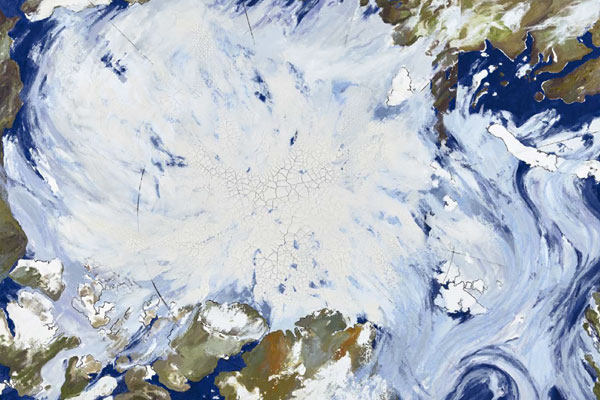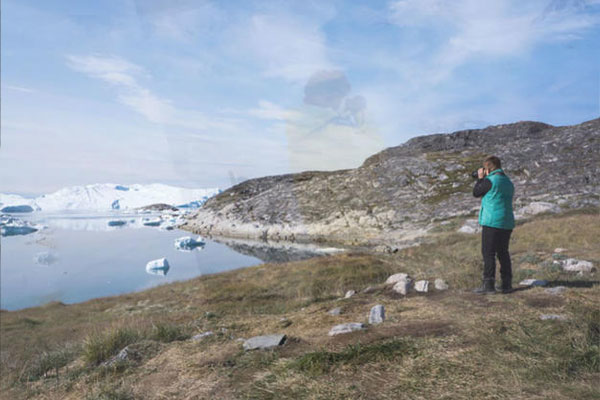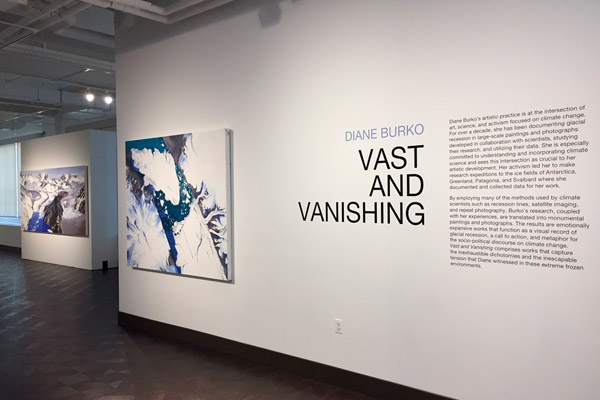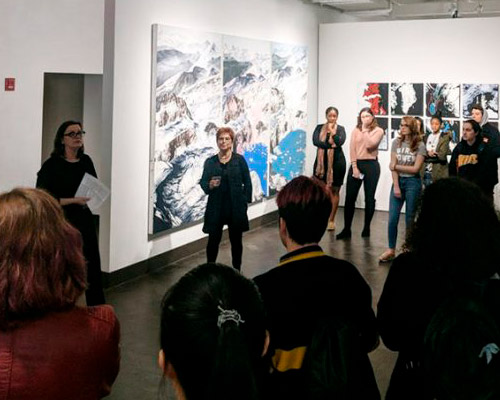
Incised into stones or painted on cave walls, images of nature are the oldest known artistic subjects. Forty or so millennia later, flora and fauna remain popular motifs, but a new sort of nature art has arrived, at least in the Washington area. Local exhibition spaces — some, but not all, connected to scientific institutions — are displaying work that depicts worlds too small or too big to be perceived by the unaided human eye.
One explanation is simply that people now can see many things that were previously imperceptible, thanks to devices such as electron microscopes and the Hubble Space Telescope. Advancing scientific knowledge also offers new conceptual subjects, on both cosmic and microscopic scales.



